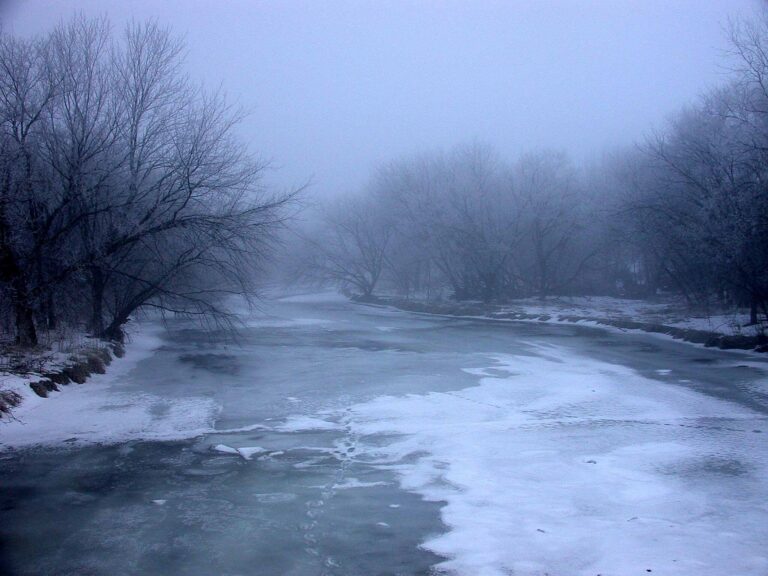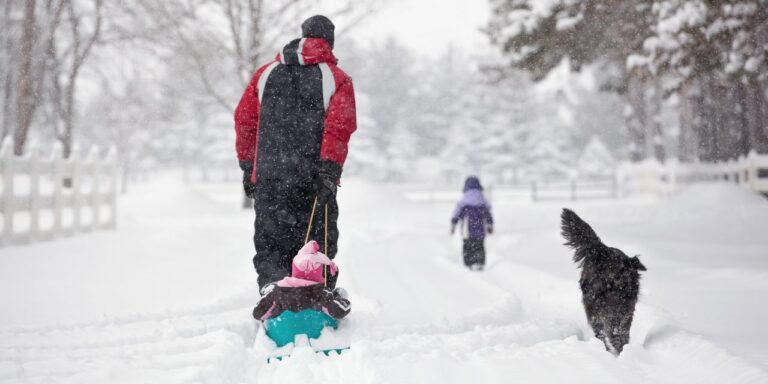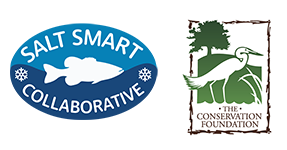Shoveling snow is a winter ritual in the Chicago area—and likely not your favorite one. Yet, we take the trouble to clear snow and ice for safe driveways and walkways. Fortunately, the right tool for the job can make cleaning up easier.
Winter Clean-Up Tips
For easy clean-up, clear surfaces soon after it snows. Snow tends to compact and turn icy as it sits, especially if you walk or drive on it. Start by clearing as much snow and ice as possible. Next, take a moment to assess where you, your family, and neighbors walk over these surfaces. If these areas are still icy, scatter salt there. There’s no need to put down salt where people never walk.
What’s the best tool for clearing snow? It depends on the quality of the snow. Light, fluffy snowfall is obviously easier to clear than compacted, icy snow.
Broom: Fresh, Light Snowfall

When the snow is powdery and fluffy, it is usually easier to clear snow with a broom instead of a shovel. Use a hard-bristled push broom for larger areas like driveways and sidewalks and a smaller broom for your porch, steps, and smaller walkways. After a couple inches or when the snow starts to compact, it’s time to switch to a shovel.
Shovel: Heavier Snow

Shovels help manage deeper, dry to medium-wet snow. Know that there are many different shovel designs that can help you tackle different snow situations. Some are more suited to pushing snow. Others have an ergonomic handle to reduce back strain.
Scraper: Icy Patches

After you sweep or shovel snow, you may be left with a few icy patches. Ice scrapers, sometimes called ice choppers or ice breakers, can help break up patches of ice. Use this tool to get under an edge of the ice, or ram it downward to smash the ice into pieces.
Snow Blower: Heavy Snowfall and Large Areas

Snow blowers, while a much more expensive option, can save you hours of work through the winter. Single-stage snow blowers can remove up to 8-inches of snow on paved surfaces. Two-stage snow blowers are more powerful and can handle deep, wet snow on pavement, gravel, or dirt.
Salt: Difficult, High-Traffic Walkways

After you’ve cleared as much snow and ice as possible from your driveway and walkways, you can scatter salt over difficult, slippery areas. You actually don’t need much salt to effectively melt the remaining ice! Scatter salt with space between granules. A thick layer of salt won’t melt ice any faster.
Because salt has an impact on the environment, infrastructure, and our pets, it’s important to not overdo it. Salt hurts freshwater ecosystems in local waterways, kills vegetation along roads and paths, corrodes cars, bridges, and buildings, and is a potential safety hazard to pets.
Salt is an important tool for maintaining safe paths and driveways in the winter, but it isn’t the only tool. Clearing snow and ice first with a broom, shovel, scrapper, or snowblower is more effective, preserves infrastructure, and protects clean water in local rivers and streams.




